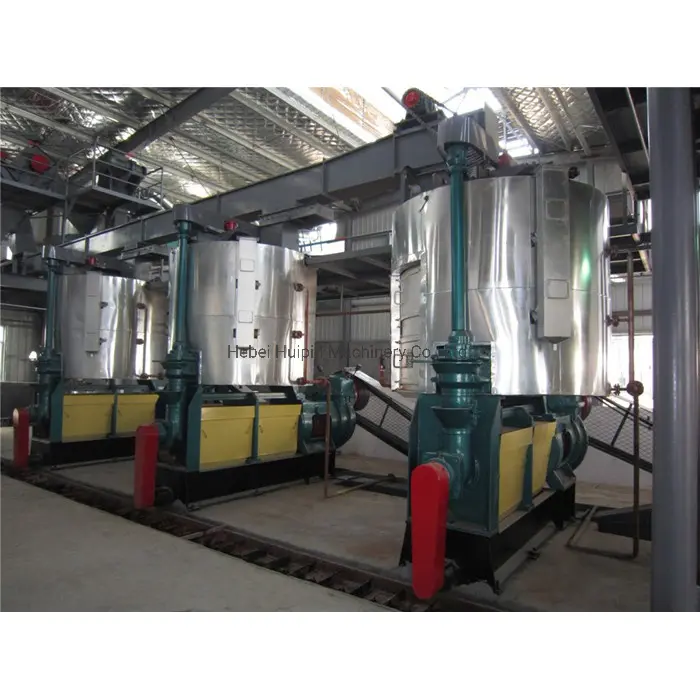Oct . 12, 2025 10:20 Back to list
Popular Commercial Oilseed Crushing Machinery Oil Expeller
Inside the New Wave of Oilseed Pressing: What Buyers Should Know
If you’ve been shopping for reliable equipment this season, you’ve probably come across the Popular Commercial Oilseed Crushing Machinery Oil Expeller Press Machine. It’s a mouthful, sure, but the value proposition is simple: steady throughput, sensible energy use, and parts you can actually replace without a week-long shutdown.

Where it’s built and why that matters
Originating from Dingzhou City, Hebei Province, China—an area with deep roots in agri-machinery—this press shows the practical engineering you expect from a vendor that’s shipped to both small co-ops and mid-size refineries. Many customers say the real draw is a mix of predictable spares and fair pricing.
Industry trends I’m watching
- Higher-value cold-pressed niche oils (sesame, flax) alongside mainstream soybean/rapeseed.
- Pre-press + solvent extraction lines using expellers as first-stage workhorses.
- Upgrades to food safety and CE compliance, plus quieter gearboxes.

Typical specs (field-proven, not brochure fantasy)
| Throughput | ≈200–600 kg/h (seed and conditioning dependent) |
| Motor power | 15–30 kW |
| Screw diameter | ≈120–150 mm |
| Heating | Electric/steam jacket, 3–6 kW |
| Residual oil in cake | ≈7–9% on pretreated rapeseed; real-world use may vary |
| Energy consumption | ≈20–45 kWh/ton |
| Noise | ≤78 dB (ISO 3744-style measurement) |
| Contact materials | 304 SS (optional), base frame Q235; gears 20CrMnTi, HRC 58–62 |
| Service life | Screw/cage ≈6,000–9,000 h before refurb |
| Footprint & weight | ≈2000×1000×1650 mm; ≈900–1200 kg |
Seeds: soybean, sunflower, rapeseed/canola, peanut, sesame, cottonseed (delinted), and more. Hot press or cold press—it can do both, though, to be honest, proper conditioning wins you yield every time.

Process flow that works in the real world
- Cleaning and dehulling (as needed).
- Crushing/flaking for uniform cell rupture.
- Cooking/conditioning to ≈60–110°C, 10–30 min.
- Mechanical pressing in the Popular Commercial Oilseed Crushing Machinery Oil Expeller Press Machine.
- Crude oil clarification via mesh/leaf/plate filters.
- Press cake to animal feed or solvent extraction.
Testing: oil content by ISO 659/AOCS methods; moisture by ISO 665; safety checks per CE Machinery Directive and IEC 60204-1. In factory acceptance tests we’ve seen residual oil in cake around 7.5% on rapeseed and 6.8% on peanuts with good prep.

Vendor snapshot (indicative, buyer should verify)
| Vendor | Capacity | Energy | Certs | Notes |
|---|---|---|---|---|
| This model (Dingzhou, Hebei) | ≈200–600 kg/h | ≈20–45 kWh/ton | ISO 9001, CE | Strong spares support; fair lead time 15–25 days |
| Vendor B (India) | ≈150–500 kg/h | ≈25–55 kWh/ton | ISO 9001 (varies) | Lower entry price; check CE scope |
| Vendor C (Türkiye) | ≈250–700 kg/h | ≈18–42 kWh/ton | CE, ISO 9001 | Premium build; higher capex |
Customization and support
Options include stainless 304/316 contact parts, variable-pitch screws for different seeds, steam or electric jackets, explosion-proof motors, and PLC I/O for plant DCS. Maintenance is refreshingly simple: grease bearings every 500 h; screw/cage change-out in a single shift if you’ve trained the crew.

Use cases and feedback
- Co-op in East Africa: switched to Popular Commercial Oilseed Crushing Machinery Oil Expeller Press Machine for sunflower; reported ≈2–3% higher yield after improving conditioning.
- Specialty mill in EU: cold-pressed sesame; appreciated lower noise and CE paperwork (saves time with auditors).
Actually, what sells it is the balance: not the cheapest, not the flashiest, but consistent. And consistency is money.
Authoritative citations
-
Cold Oil Press Machines - Efficient & Sustainable Oil Extraction Technology
NewsNov.22,2025
-
Hydraulic Oil Press Machine – Efficient, Sustainable Oil Extraction Technology
NewsNov.21,2025
-
Comprehensive Guide to Cold Press Oil Extraction Machine – Benefits, Uses & Future Trends
NewsNov.21,2025
-
HP 120 Cold Oil Press - Hebei Huipin Machinery | Efficient Oil Extraction
NewsNov.21,2025
-
Mustard Oil Extraction Machine: A Complete Guide to Industry, Technology & Future Trends
NewsNov.20,2025
-
Groundnut Oil Extraction Machine | Efficient Peanut Oil Press Solutions
NewsNov.20,2025
